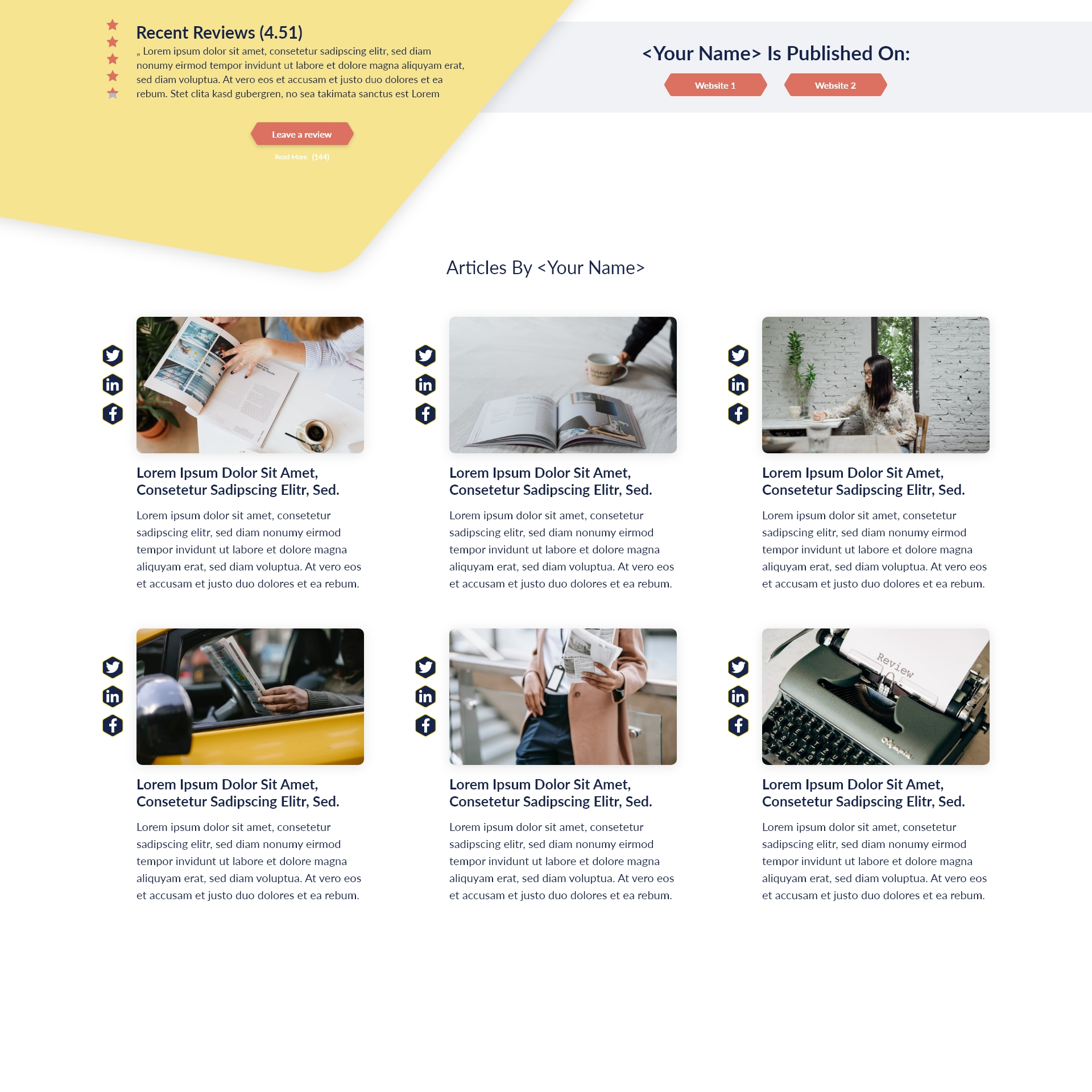Leaders of all shapes and forms provide an air of authority throughout the ranks of an organization. As one of the most crucial fundamentals of office culture, effective leadership strongly influences a company’s overall tone regardless of title. Moreover, someone in such a role can make or break a team through effective or ineffective leadership techniques.
Depending on their leadership style, the influence of a leader simultaneously holds employees accountable and reinforces value. However, while utilizing many strategies, they are advised to harbor an environment where team members are poised to flourish. By failing to do so, a weak culture will begin to affect the bottom line, alongside employees.
The Importance of Organizational Culture
Leaders who work to instill the numerous aspects of workplace culture will succeed in producing a more engaged team. When employees are encouraged to do their best, quality, safety, and customer service all begin to improve. Higher employee engagement often results in higher security, excellent customer service, improved work/life balance, increased retention rate, profitability, and more.
Contributing to Organizational Culture

The foundation of any successful organization is steeped in a positive culture. Leadership efforts, positive reinforcement, and meaningful work do more to unite a team through cultural contributions. Considering how employees spend almost a third of their lifetime at work, they should have a sense of connection to their daily work. For example, the vision imparted by leadership drives many people to a heightened level of significance for each project.
Employees who feel appreciated by leadership are likelier to remain engaged and make solid contributions that positively impact any project. Unfortunately, poor company culture results in a higher level of employee turnover, something easily remedied. Investing in your employees will enable your company to increase retention rates through simple achievements and milestone celebrations.
The past few years have led to a severe uptake in burnout and isolation originating in the workplace (especially in remote workers). On the other hand, a robust support system promotes emotional and social wellness at work, highlighting the importance of a substantial group culture that encourages a healthier lifestyle for every team member. In doing so, leadership efforts will boost a healthier sense of community overall.
While social media and professional networking platforms can boost communication team-wide, they cannot replace in-person interaction. The last few years of an increase in remote workplaces has resulted in employees that feel detached and fragmented. To prevent inhibited collaborations and a decreased purpose, managers must work to avoid isolation and burnout in the workplace.
Leadership often fails to understand the level of influence they possess over group culture alone. They contribute to the elevation of employees, primarily through regular feedback or one-on-one meetings. Additionally, they assist with the growth and development of their employees, reinforced by organizational values. Leaders gain trust from each team member by providing a venue for open dialogue at work.
The development of organizational culture, however, hinges highly upon leadership culture. Leadership culture is how leaders interact with each other and their employees. This type of culture is how leadership communicates, makes decisions, and operates as a whole. It also involves their beliefs, values, behaviors, and interactions. In addition, leadership culture contributes to group culture by creating high-performance teams, methods of hiring employees, and executing business strategies.
By taking the time to understand your role within a leadership position, you can play a part in shaping or re-shaping your organization’s culture. Think beyond training classes in effective leadership development and expand your methods by developing an organizational structure or cultural fit with each new leadership hire. Many choices throughout your work day impact the overall corporate culture and how we mold future leadership.

Good leadership is about enhancing the best in employees and other leaders. Unfortunately, too many individuals within leadership roles take on micromanaging and gatekeeping advancement and development. On the other hand, the best leaders are modern leaders seeking to mentor and coach future leaders at a high level. You can share in their success by providing your employees with opportunities. By being a modern leader, you will work to build connections and lean toward being naturally inclusive for your team members. As a result, employees are more likely to remain highly engaged at work when properly motivated – up to 747% more likely.
Leaders significantly impact company culture by prioritizing work, delegating, setting agendas, leading, and managing. In addition, the strongest leaders strive to inspire their employees, mentoring and providing a sense of purpose and vision. Unfortunately, younger generations fail to resonate with traditional culture and leadership styles. Thankfully, today’s workforce can be remodeled toward an environment of coaching and growth, where younger employees feel needed and valued.
How to Focus on Culture
The link between leader and employee is critical, and employees feel a heightened sense of disconnection when it is weak. Considering a leader’s significant effect on group culture, their responsibility to inspire employees should remain front and center. Leadership strategies may be constructed in several ways, but seven particular suggestions positively impact the culture in the workplace.
Role Models
Anyone at the top of the hierarchy should practice what they preach, without hesitation, in terms of culture. When someone makes a mistake, they must issue an apology. In some situations, this might need prompt consequences.
Consider Insight
Often, the quietest employee has gained the most insight into the office’s inner workings. By mimicking their behavior, leadership is equipped to grasp their work environment with ease. From employee behavior to job performance, an observant leader can gather information with minimal effort.
Open Communication
Offer Q&A sessions between lower-level employees and leadership and provide answers on demand. Not only will employees feel heard and valued, but this method works to enforce company values and goals.
Act on Feedback
While a Q&A session provides some level of employee feedback, taking action on feedback will make more of an impact. Your employees will take notice of feedback landing upon deaf ears, so ensure the measures taken are appropriate and timely.
Empower Your Team
As a leader, you seek more significant innovation and problem-solving from your team. Employees empowered with trust and accountability to contribute will outperform your and other leaders’ expectations.
Success & Failure
High-performing teams are more likely to take risks than others. As such, it’s important to remind employees that failure isn’t a fatal mistake; it’s inevitable. Growth takes place throughout the risk-taking process, which is worth failures now and then. When employees are trying their hardest, make sure you strive to encourage them to learn from their mistakes rather than punish them for even trying.
Recognition
Leadership should be keen to show appreciation to their employees for a job well done. Those who feel needed and included are more productive and happier at work. In addition, employees become more loyal to their leadership and the company because their contribution matters and their work has meaning.
Steps Toward Effective Leadership
Today’s workforce undoubtedly requires an effective leadership style capable of transcending an organization’s principles. Engagement, well-being, and employee experiences take shape through effective leadership, which all play a critical role in thriving group culture. To get started, the administration should consider the following myths regarding how leadership may impact company culture.
- Culture is How Employees Interact
While the goal is to help employees get along well, this idea couldn’t be further from the truth. Culture considers behavioral norms, as well as commitment, clarity, beliefs, and purpose. - Company Culture Develops Organically
Intentionally layout the foundation of group culture through behaviors, daily values, and interactions. Otherwise, the wrong style of culture takes hold faster than one may anticipate. - Company Culture Can’t be Rebuilt
A good leader can remedy a broken group culture. Repair and rebuilding can occur by replacing poor leadership with effective leadership. The new and improved administration is poised to connect well with employees to achieve a supportive group culture. Begin by turning toward a sense of accomplishment and dialogue to empower people to feel appreciated and valued. - HR is Responsible for Group Culture
Many people are misinformed about the responsibility of HR for the cultivation of group culture. Every employee must agree with an influential culture to take hold, from leadership to team members and beyond. - Culture Generates Amusement
Having fun at work is something that certain work culture styles have. Employee perks and social events have their place, but they only do so much. Utilizing the best practices, backed by good attitudes and a robust support system, will do more to cultivate positive culture than a field trip. - Company Culture Doesn’t influence Performance
Company culture complements performance, especially when leadership is confident and willing to work. Good leadership’s influence on effectiveness and efficiency will ultimately dictate success. - The Ineffectiveness of Mentorship
Leadership should work to develop a team of people who trust them enough to make reports. The unique position of a leader as an advocate and mentor means they can provide unparalleled levels of support to each employee. This starkly contrasts with standing as a gatekeeper to internal career opportunities. - Effectiveness of Annual Reviews
Did you know performance reviews can cause more harm than benefit? Frequent feedback is more likely to inspire, motivate, and engage employees. Leadership should work to check in on their team, if only to educate employees on development opportunities, the creation of dialogue, and more. - Strong Group Culture is Costly
While big-name brands can access large budgets, this isn’t the standard. Organizational culture is more about the time it takes to develop than spending money. Effort and patience will do more in the long run than forcing a hefty budget on the issue. - Better Culture Hinges Upon Raises
Fair compensation is a necessary aspect of an improved culture, but it is just one aspect. Positive interactions, additional work opportunities, and leadership integrity all work together in paving the way to increased satisfaction and unity. - Don’t Waste Time on Appreciation
When leadership struggles to connect with employees emotionally, group culture suffers on an individual level. By utilizing recognition programs, your company is poised to ingrain overall appreciation into daily tasks through positivity and accountability regardless of their position. - Employee Recognition is Wasteful
Recognizing employees allows managers and peers to communicate the meaningfulness and value an employee brings to the team.
If there’s anything to take away from these points, valuing employees’ skills and experience, recognizing their success, and appreciating their efforts will go further in balancing group culture than any other method. By following a consistent, established roadmap, organizational culture will develop over time organically. Employees from top to bottom can all take responsibility for the loyalty, sense of security, and trust shared by team members.
For example, leadership can create a recognition and appreciation program where employees receive prizes for their effort. Some strategies suggest allowing employees to choose their awards rather than preselected options. Company-wide recognition programs simplify the process for management to reinforce and strengthen group culture at work. Whatever method you choose, ensure the prize reflects the level of accomplishment and effort.







